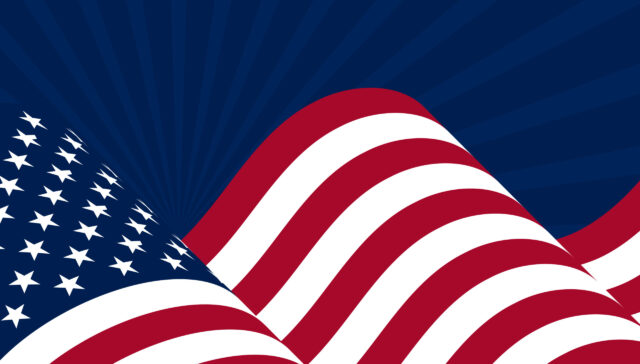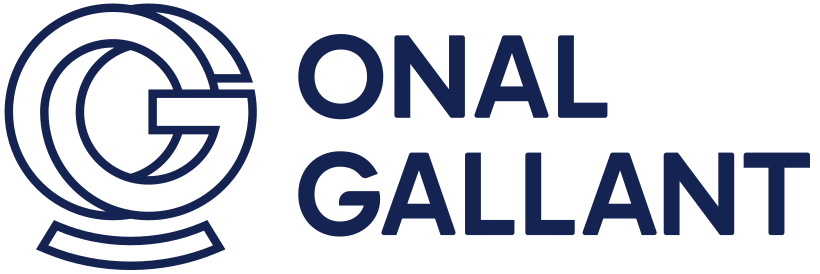
M-1 Visa
What is M-1 Visa?
The M-1 visa is a non-immigrant visa that allows foreign students to pursue vocational or non-academic studies in the United States. This visa caters to individuals seeking specialized training in fields such as aviation, cosmetology, culinary arts, technical trades, and more. If you are looking to enhance your skills and gain practical knowledge in a specific vocation, the M-1 visa could be your gateway to quality education and training in the USA.
Who Can Apply for an M-1 Visa?
- Acceptance at an SEVP-certified institution: You must have been accepted for a full-time vocational or non-academic program at a school authorized by the SEVP to enroll international students.
- English Proficiency: You need to demonstrate sufficient English language proficiency to pursue your program of study. This can be shown through standardized tests like TOEFL or IELTS, or other evidence accepted by the institution.
- Financial Sufficiency: You must prove that you have sufficient funds to cover your tuition, living expenses, and other costs during your stay in the U.S.
- Non-immigrant Intent: You must convince the consular officer that you intend to return to your home country after completing your studies and that you do not plan to immigrate to the U.S.
- Valid Passport: You must possess a passport that is valid for at least six months beyond your intended period of stay in the U.S.
M-1 Visa Criteria
The key criteria for obtaining an M-1 visa revolve around your enrollment, financial capacity, language skills, and intention to return to your home country. You will need to provide documentation to support each of these aspects during your visa application process.
M-1 Visa Application Process
- Get Accepted to an SEVP-Certified School: Research and apply to vocational programs at SEVP-certified institutions in the U.S. Once accepted, the school will issue you a Form I-20, Certificate of Eligibility for Nonimmigrant Student Status.
- Pay the SEVIS Fee: After receiving your I-20, you will need to pay the Student and Exchange Visitor Information System (SEVIS) I-901 fee.
- Complete the Online Visa Application Form (DS-160): Fill out the DS-160 form online, providing detailed information about your background and your purpose for traveling to the U.S.
- Schedule Your Visa Interview: Once you have completed the DS-160 and paid the visa application fee, schedule an interview at the U.S. Embassy or Consulate in your home country.
- Prepare Your Documents: Gather all required documents for your visa interview, including:
- Valid passport (valid for at least six months beyond your intended stay)
- Form I-20
- DS-160 confirmation page
- Visa application fee payment receipt
- SEVIS fee payment receipt
- Passport-sized photographs
- Evidence of financial support (e.g., bank statements, sponsor letters)
- Transcripts, diplomas, or certificates from previous educational institutions
- Evidence of English proficiency (if required by the school)
- Documents demonstrating your intent to return to your home country (e.g., proof of property ownership, family ties, job offers)
- Attend Your Visa Interview: Arrive on time for your interview and be prepared to answer questions about your study plans, financial resources, and intentions to return to your home country. Be honest and provide clear and concise answers.
- Wait for Visa Processing: After the interview, the consular officer will process your application. The processing time can vary.
- Travel to the U.S.: If your visa is approved, you will receive your passport with the M-1 visa. You can typically enter the U.S. no more than 30 days before the start date of your program as indicated on your Form I-20.
Questions? You’re covered.
Foreign nationals who have been accepted into a full-time vocational or non-academic program at an SEVP-certified institution in the United States and who meet the other eligibility criteria, such as demonstrating financial sufficiency and an intent to return to their home country, are eligible for the M-1 visa.
The initial validity of the M-1 visa is typically for the duration of your vocational program as stated on your Form I-20, up to a maximum of one year. Extensions can be granted, but the total period of stay is generally limited to three years from the program start date, plus 30 days for departure.
The main requirements include acceptance at an SEVP-certified school, proof of sufficient funds, demonstration of English proficiency, maintaining a full course of study, and demonstrating the intent to return to your home country upon completion of your program. You also need a valid passport and must complete the required application forms and attend a visa interview.
News and blog


Navigating the Startup Maze: A Guide to Legal Structures, IP Protection, and Founder Agreements


